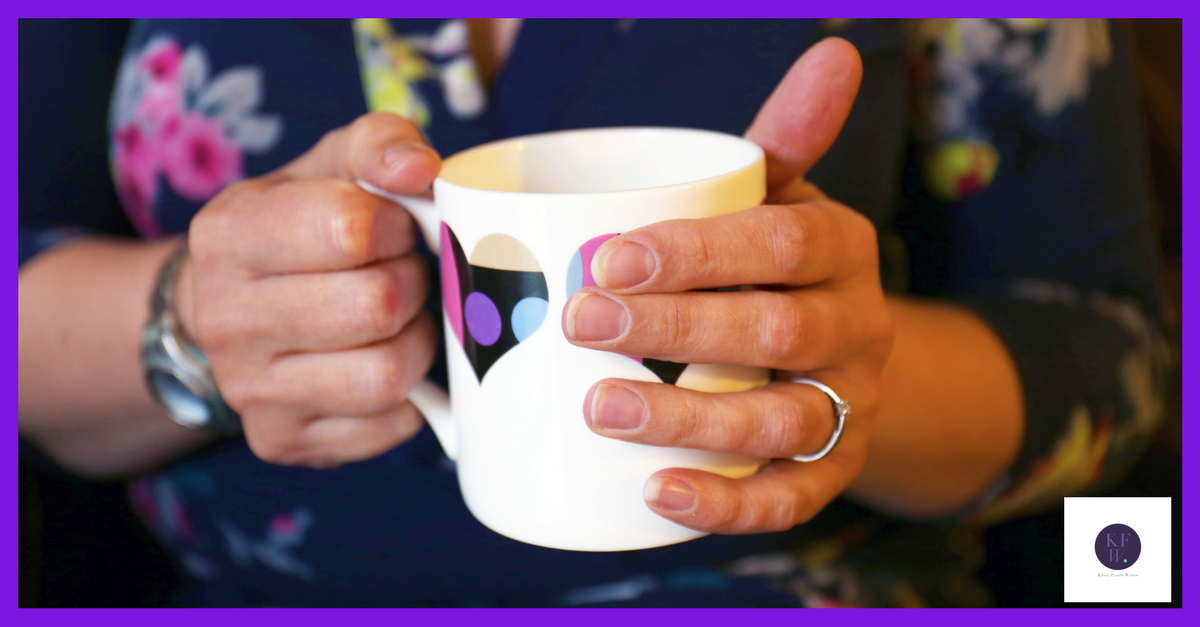 You might be looking at that title and wondering what on earth an email nurture campaign is. Even if you haven’t heard the term before you’ve probably seen one. A nurture series is one of those email sequences that you sometimes get when you first sign up to a new mailing list. You might get an email every day.
You might be looking at that title and wondering what on earth an email nurture campaign is. Even if you haven’t heard the term before you’ve probably seen one. A nurture series is one of those email sequences that you sometimes get when you first sign up to a new mailing list. You might get an email every day.
I know that some people find them annoying. However, done properly a nurture campaign can be a wonderful thing.
The benefits of a nurture campaign
When you run a nurture campaign always let people know what to expect right from the beginning. I’ll usually send five emails over five days but I set that out in the very first email. The benefit of this initial bombardment is that people are more likely to remember you. You can introduce yourself without overwhelming people with information in one long email that they probably won’t read.
If the person you’re emailing has signed up to receive a freebie you can encourage them to use it. You can also add additional information that shows how helpful you are.
Where to start
It’s usually a good idea if your nurture campaign has a single objective. You might want to sign people up to a specific service or sell a particular product. I use a basic five email sequence. If you’d like to try it for yourself, here’s how to start.
Email 1 – say hello
In your first email, introduce yourself and what you do. You should also remind them why you’re contacting them. For example, you could thank them for downloading your free guide if you have one. Let them know how often you’ll be contacting them and also remind them that they can unsubscribe – it builds trust.
My free guides usually include tips for people to try out in their business. I highlight one of those and ask if they’d tried it and what the results were. If you’ve signed people up in a different way you can still offer them a tip that’s related to the service you’re promoting.
Emails 2 & 3 – extra resources
In each subsequent email, briefly remind people what you talked about last time. Then build on it. Talk a bit more about what you offer and its benefits, then provide something extra. I link to blog posts that give more information about my subject. (If you haven’t started blogging yet, read this.)
You could also remind them about your last tip and ask if they tried it. Depending on the content of your second email, you could use the third one to talk more specifically about the product or service you want to sell.
Email 4 – case study
Customers love social proof. If they can see that your advice has helped other businesses they’re more likely to trust you. Share a success story or testimonial showcasing the brilliant results your customers have had.
Email 5 – invitation
Hopefully, by this point people will feel that they’ve got to know you. You should also have offered them enough information to convince them that you know your stuff. So now it’s time to make them an offer.
My final email invites people to contact me for a free consultation. We can talk through the ways that I can help them, but there’s no obligation. You could do the same, or you could potentially give them an introductory offer on one of your products.
There’s lots of trial and error involved in a nurture campaign. If you need any advice just let me know. If you’ve already run a successful nurture campaign leave me a comment and tell me your wins!
Further reading
I’m a big fan of Digital Marketer and this guide gives a great overview of high level email marketing.
If you’re an e-commerce business this monster guide from Digital Marketer is for you. You’ll need more than a cup of tea to get through it!
